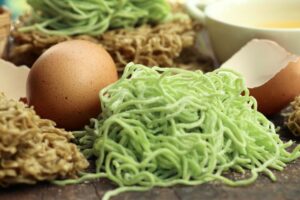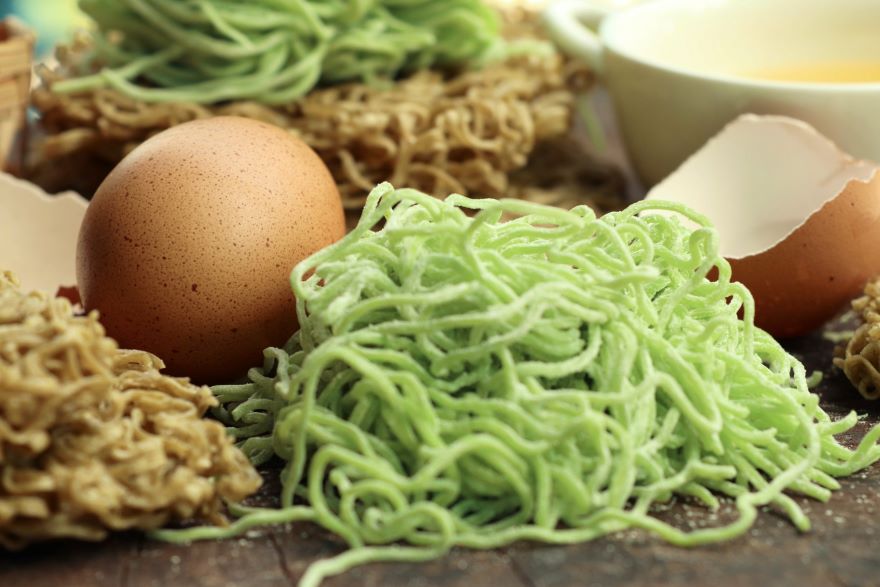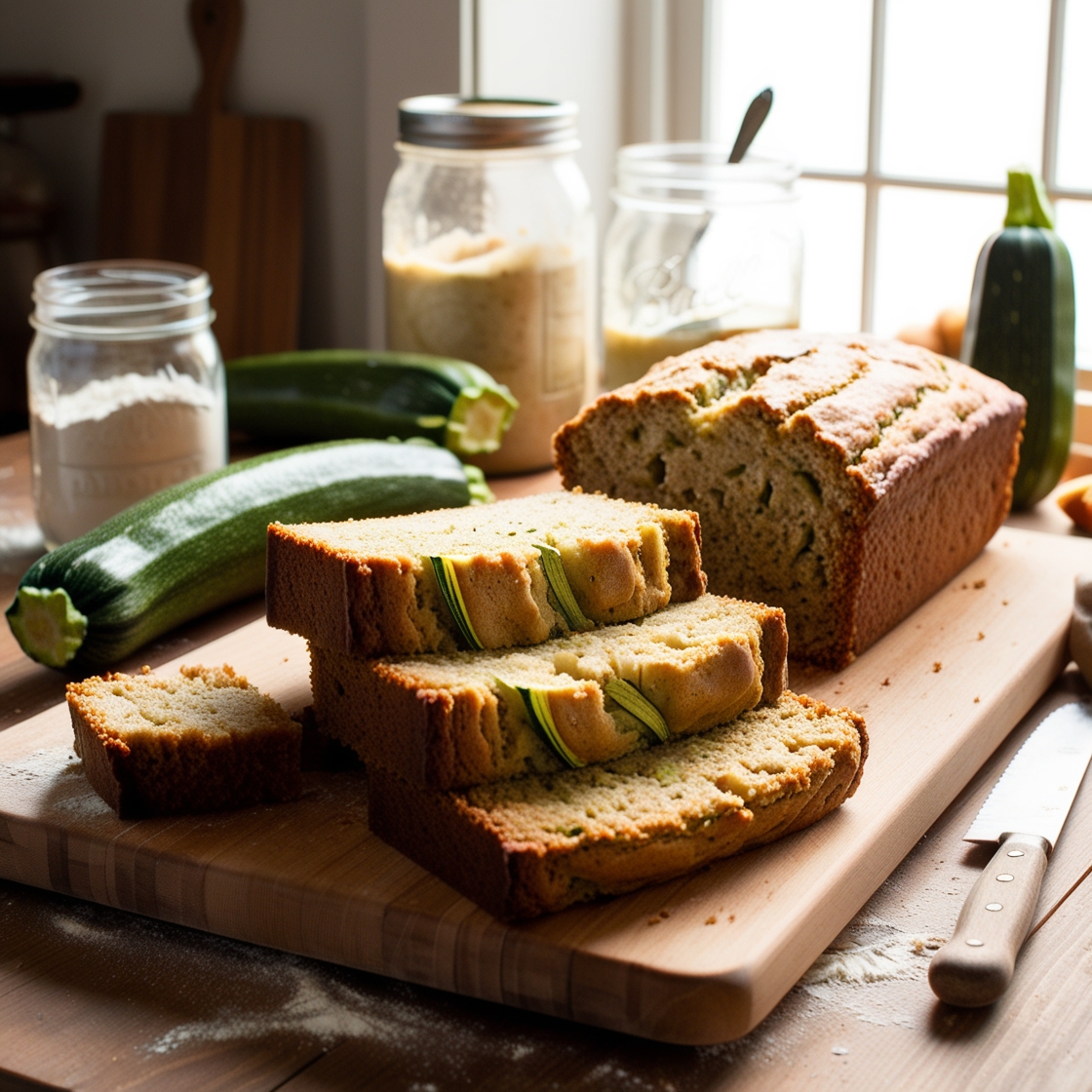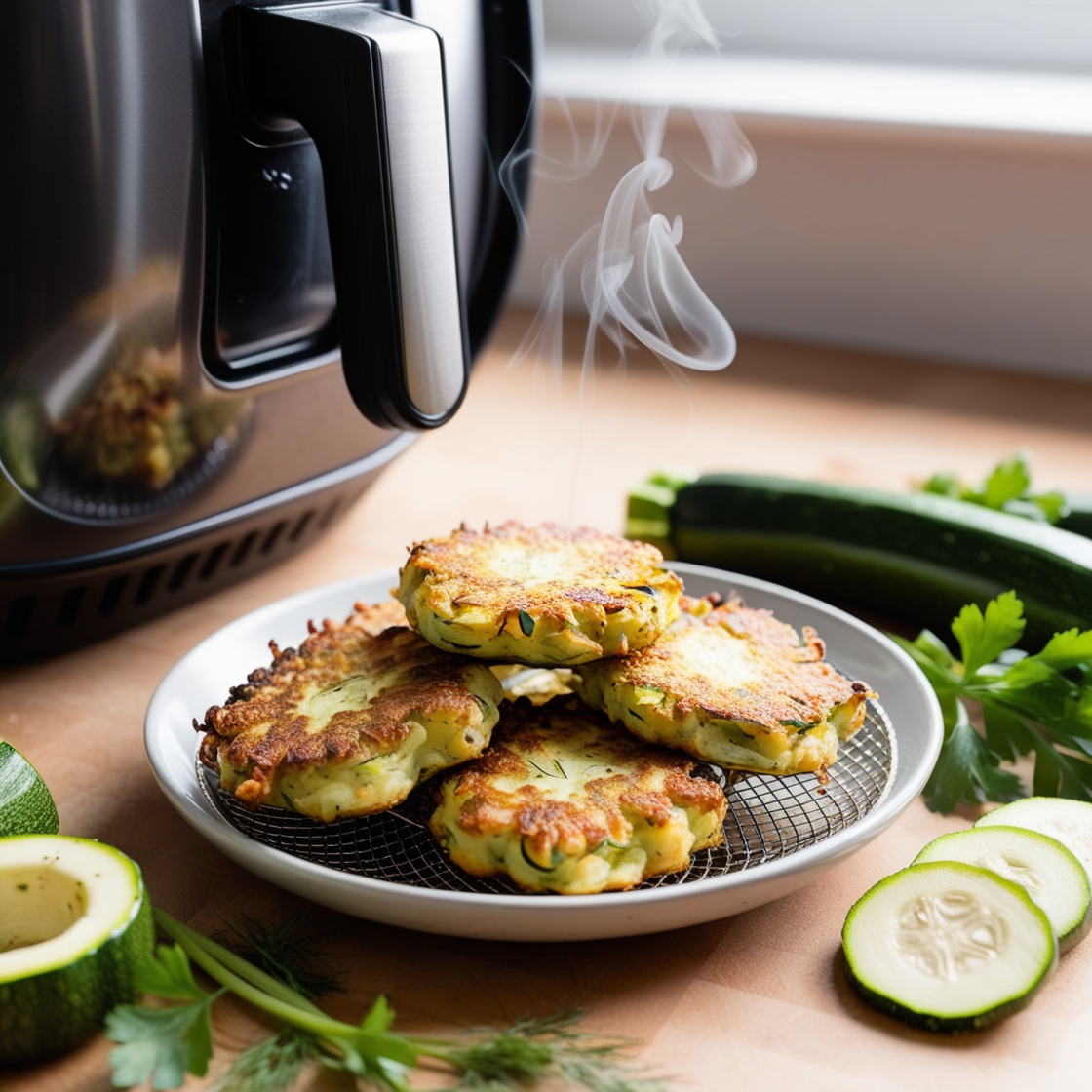Edamame noodles are a nutritious and delicious alternative to traditional pasta made from wheat. I find that edamame noodles offer a unique combination of a high plant-based protein content with the benefits of a vegan diet. These noodles are made from edamame beans, which are young soybeans that have been harvested before they have hardened. What captures my interest is not just their rich, savory taste but also their versatility in culinary applications. They can seamlessly integrate into a variety of dishes, ranging from a simple, quick stir-fry to a complex, flavor-intense Asian-inspired dish.

The health benefits of edamame noodles are significant. They are an excellent source of both protein and fiber, while being gluten-free, which makes them a great option for a diverse range of dietary needs. My experiences with these noodles have led me to appreciate their role in a balanced diet. They offer an impressive nutritional profile that supports muscle maintenance and repair while being low in carbohydrates. The ease of cooking edamame noodles also adds to their appeal; they typically require only a few minutes to prepare, making them a convenient choice for meals that are both healthy and quick to serve.
Key Takeaways
- Edamame noodles are a high-protein, vegan-friendly pasta alternative.
- They contribute to a healthy diet with their rich nutritional profile.
- Edamame noodles can be easily prepared and incorporated into diverse dishes.
What Are Edamame Noodles
Edamame noodles are a gluten-free pasta alternative made primarily from edamame flour, which is derived from young soybeans notable for their high protein and fiber content. Unlike traditional pasta made from wheat, these noodles offer a healthy choice, particularly suitable for those with gluten sensitivities or for individuals following a gluten-free diet.
The noodles have a distinct green hue, reflecting their soybean origin, and they maintain a firm texture similar to al dente wheat pasta. Their nutritional profile is robust; they are rich in protein, providing an essential nutrient for muscle maintenance and repair. Additionally, the fiber in edamame noodles contributes to digestive health and may aid in maintaining satiety, which can be beneficial for weight management.
Eating edamame noodles allows for a varied and nutritious diet, often incorporating the health benefits of increased amino acids and derivatives, concepts supported by research focused on the potential impacts of compounds such as γ-aminobutyric acid on the nutritional quality of edamame.
As a versatile ingredient, edamame noodles can be incorporated into a range of dishes, from cold salads to warm, saucy entrees. Their subtle, nutty flavor pairs well with an array of seasonings and sauces, making them a go-to ingredient for health-conscious cooks and those desiring a nutritious meal component.
In summary, edamame noodles present a nutritious alternative to traditional pasta, resonating with those seeking gluten-free options and individuals aiming to enrich their diet with more protein and fiber while enjoying a delicious and satisfying meal.
Health Benefits of Edamame Noodles
Edamame noodles offer a health-conscious alternative to traditional pasta, providing a significant nutrient profile and benefits for weight management as well as muscle and tissue health.
Macro and Micronutrients
Edamame noodles are an excellent source of protein, making them a staple in a vegetarian diet. A serving typically contains high levels of both protein and dietary fiber, fortifying these noodles as a nutrient-dense food option. The combination of these macronutrients not only supports regular body functions but also ensures a balanced intake of essential amino acids.
Weight Management
These noodles are often lower in carbohydrates when compared to traditional pasta, which can be beneficial for those monitoring their intake for weight management purposes. The high fiber content enhances feelings of fullness, which may prevent overeating by curbing appetite and promoting satiety after meals.
Muscle and Tissue Health
For individuals looking to support or increase muscle mass, the protein in edamame noodles is vital for muscle and tissue health, aiding in repair and growth. Protein is also essential for the maintenance of body tissues, including skin and organs, and plays a crucial role in the production of enzymes and hormones.
In edamame noodles, not only do you get a robust profile of macro and micronutrients, but you also benefit from a host of antioxidants that contribute to overall bodily health. These nutrients also help in the maintenance of various bodily functions, from immune response to energy production.
How to Cook Edamame Noodles
To prepare edamame noodles correctly, it’s crucial to understand the right cooking techniques and best practices. This ensures the noodles are flavorful and maintain their texture.
Cooking Techniques
First, boil water in a large pot. While salt is optional, I typically add a pinch to enhance the flavor of the edamame spaghetti. Once the water reaches a rolling boil, add the noodles and stir gently to prevent them from clumping together. Keep an eye on them because edamame noodles cook faster than traditional pasta, usually becoming al dente in approximately 4-5 minutes. Then, drain the noodles and rinse them under cold water to halt the cooking process immediately.
Best Practices
When cooking edamame pasta, one of the best practices is to not overcook the noodles to keep their pleasant texture. I also find that using a sufficient amount of water helps the noodles to cook evenly. Adding the noodles only after the water has reached a full boil prevents them from becoming too soft. After cooking, a quick rinse is beneficial as it removes excess starch, which can cause stickiness. And lastly, I either toss them with my desired sauce or seasonings right away to maximize the dish’s flavor profile.
Versatile Recipes for Every Occasion
Edamame noodles provide a delicious foundation for meals that can range from light and zesty to rich and satisfying. Whether I’m looking for a quick lunch or a robust dinner, these noodles serve as a versatile ingredient that pairs well with an assortment of flavors. Below, I’ve categorized some of my favorite ways to prepare edamame noodles.
Light and Refreshing
I find that a bowl of edamame noodles tossed with julienne carrots, fresh herbs, and a handful of sesame seeds creates a delightful dish that is as vibrant to look at as it is to taste. Adding a drizzle of a citrus-infused tamari dressing can elevate the noodles into a refreshing meal perfect for warm days or when I want a nourishing meal without feeling weighed down.
- Recipe Idea: Edamame Noodle Salad with Tamari Citrus Dressing
- Toss cooked edamame noodles with sliced carrots, cucumber, and a dressing made from fresh squeezed orange juice, tamari, a touch of honey, and sesame oil.
- Garnish with sesame seeds and fresh cilantro for an extra pop of flavor and color.
Hearty and Filling
On cooler evenings, I crave something that’s comforting and hearty. A bowl of edamame noodles mixed with a variety of veggies like bell peppers, mushrooms, and spinach in a rich, savory peanut sauce fulfills my need for a fuller meal. The protein-rich edamame noodles complement the creamy peanut sauce, making it a substantial option without being overly heavy.
- Recipe Suggestion: Hearty Edamame and Veggie Peanut Noodles
- Sauté a medley of veggies, then blend smooth peanut butter with a splash of tamari, a bit of chili sauce, and warm water to create a hearty peanut sauce.
- Combine the sauce with the noodles and veggies, and finish with a garnish of chopped peanuts for a satisfying crunch.
Asian-Inspired Delights
Asian-inspired dishes are a natural fit for edamame noodles, given their origin and texture. I love playing with flavors like soy, ginger, and lemongrass to create authentic-tasting dishes at home. Whether it’s a simple dish sprinkled with sesame seeds or a more complex recipe featuring a combination of spices and tamari, these noodles absorb flavors beautifully, making every bite a delight.
- Recipe Tip: Spicy Sesame Edamame Noodles
- For a quick and flavorful Asian-inspired dish, toss edamame noodles with a sauce made from tamari, sesame oil, rice vinegar, and a hint of chili paste for some heat.
- Top the dish with toasted sesame seeds and serve either warm or cold, depending on my mood.
Tips for Storing and Meal Prep

When it comes to edamame noodles, maintaining their freshness and incorporating them into meal prep can maximize both convenience and taste. Proper storage is key to preserving their quality, while thoughtful meal prep integrates them seamlessly into your weekly menu.
Storing for Freshness
To keep edamame noodles fresh, make sure to store them in an airtight container in the fridge. This ensures that they maintain their texture and flavor. Here are the specifics:
- After cooking, allow noodles to cool to room temperature.
- Transfer the noodles into an airtight container to minimize exposure to moisture and other contaminants.
- Place the container in the coldest part of the fridge, generally the bottom shelf or drawer.
- For optimal freshness, consume within 3-5 days; this is when they taste best.
Quick tip: If you buy edamame noodles from the grocery store and don’t plan to eat them right away, check the packaging for the ‘best by’ date to gauge how long they’ll last.
Meal Prepping Ideas
With meal prep, I find that edamame noodles are a versatile base for a variety of dishes. Here’s my approach:
- Create a sauce or dressing in advance, such as the vibrantly flavored vinaigrette from Sweet Peas and Saffron, which I can quickly toss with the noodles.
- I plan for multiple dishes throughout the week to avoid monotony—cold noodle salads, stir-fries, and even soups can all incorporate edamame noodles efficiently.
- Always consider protein pairings; the noodles themselves are packed with protein, but tofu, chicken, or shrimp complement them well and offer variety to my meal plan.
By prioritizing freshness in storage and creativity in meal prepping, I fully utilize edamame noodles as a staple in my culinary routine.
Frequently Asked Questions

In this section, I answer common queries about edamame noodles, focusing on their nutritional value, recipe ideas, health benefits, and availability.
What is the nutritional content of edamame noodles?
Edamame noodles are a nutritious option, providing a high protein content, often more than 21 grams per cup, along with a good amount of dietary fiber, around 11 grams per serving. They also include important vitamins such as folate, choline, and several B vitamins. For detailed nutritional values, you can refer to the Nutrition Facts and Benefits of edamame pasta.
Can you suggest some recipes that include edamame noodles?
Certainly, edamame noodles can be used in numerous recipes, from a simple dish steamed with salt to more complex preparations. Examples include being tossed with a garlic sauce or combined with vegetables for a stir-fry. Consider checking recipes like Garlic Edamame or Sesame Spiced Edamame for inspiration.
Are edamame noodles considered a healthy pasta alternative?
Yes, edamame noodles are regarded as a healthy pasta alternative. They offer a plant-based, gluten-free option rich in protein and fiber, which can be beneficial for those looking to manage their weight or blood sugar levels. Edamame noodles also provide essential nutrients that are sometimes lacking in traditional pasta.
Which retailers carry edamame noodles?
Edamame noodles are readily available at most health food stores, specialty Asian markets, and larger grocery chains. Healthier pasta alternatives like edamame noodles are now widely available online for convenient dietary inclusion.
How does the protein content in edamame noodles compare to regular pasta?
The protein content in edamame noodles is significantly higher compared to regular pasta. Edamame noodles pack over double the protein of regular pasta, ideal for boosting protein intake.
What is the flavor profile of edamame noodles compared to traditional pasta?
Edamame noodles have a distinct flavor profile. Edamame noodles boast a rich, nutty flavor, offering a hearty alternative to mild, classic pasta. This unique taste complements a wide range of flavors and works well in both hot and cold dishes.

*We may earn a commission for purchases made using our links. Please see our disclosure to learn more.



